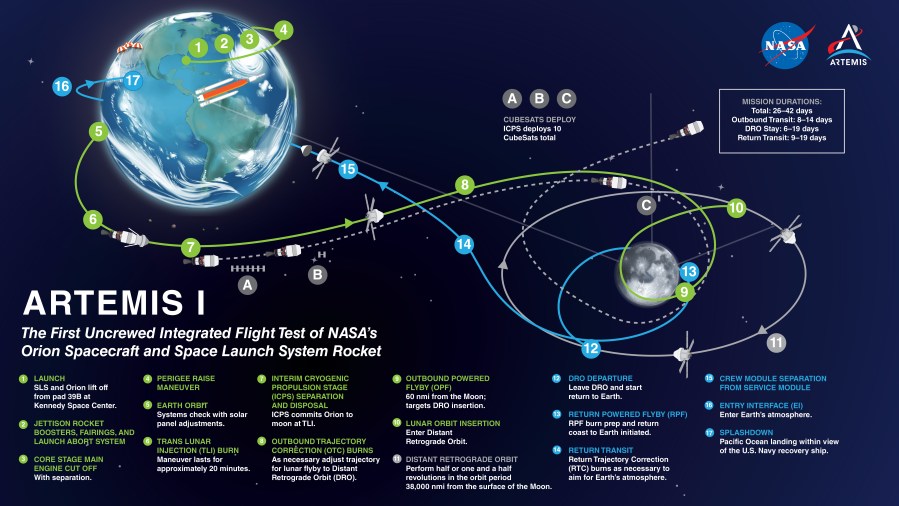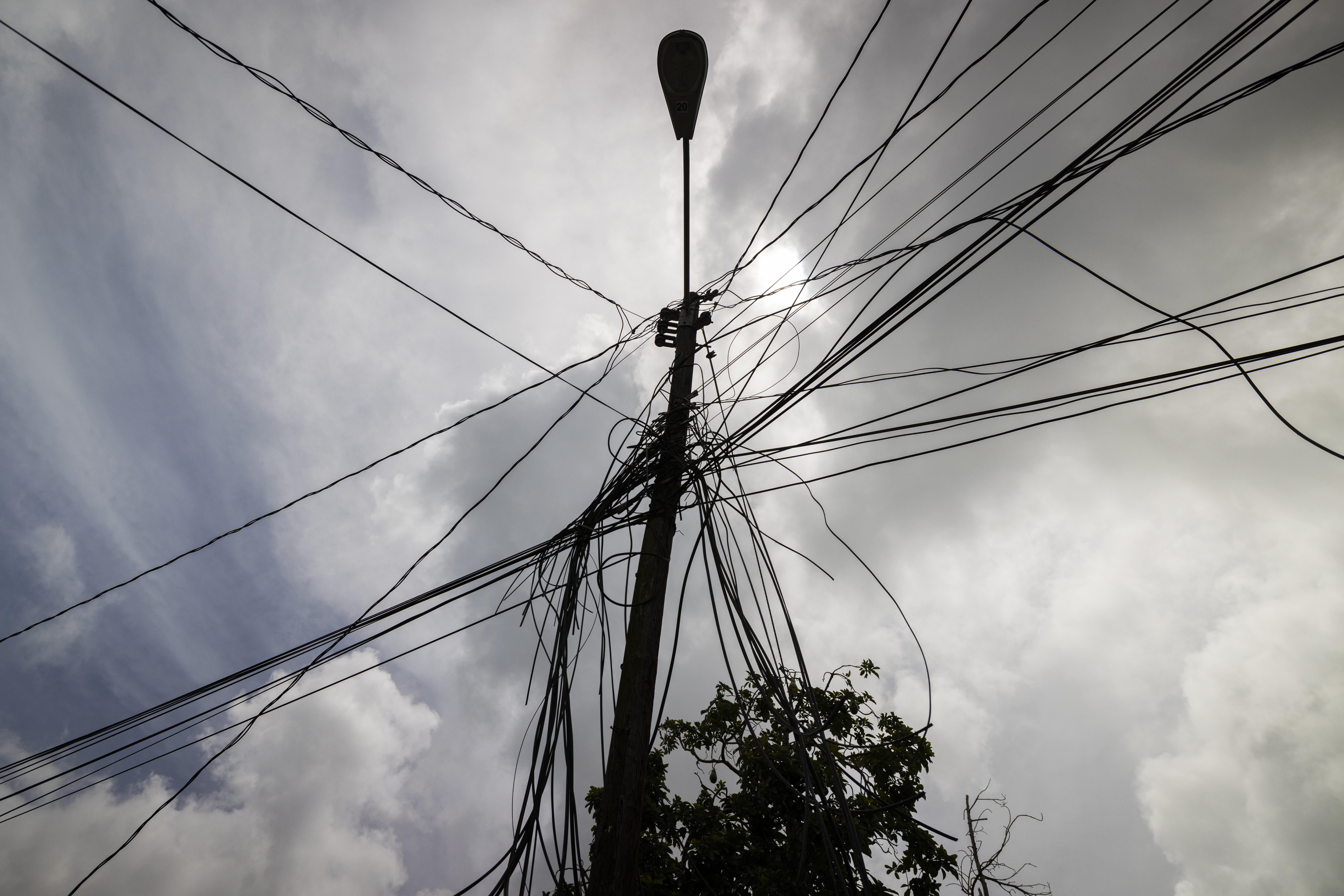PORTSMOUTH, Va. (WAVY) – After several delays due to Hurricane Ian and Hurricane Nicole, as well as issues with a faulty temperature sensor and liquid hydrogen leak, the SLS rocket is finally on its way to the moon.
Artemis 1 launched early Wednesday morning, at 1:47 a.m. EST from Pad 39B at NASA’s Kennedy Space Center in Florida.
“It’s taken a lot to get here, but Orion is now on its way to the Moon,” said Jim Free, NASA deputy associate administrator for the Exploration Systems Development Mission Directorate. “This successful launch means NASA and our partners are on a path to explore farther in space than ever before for the benefit of humanity.”
NASA reports that after reaching its initial orbit, Orion deployed its solar arrays and engineers began performing checkouts of the spacecraft’s systems. About 1.5 hours into flight, the rocket’s upper stage engine successfully fired for approximately 18 minutes to give Orion the big push needed to send it out of Earth orbit and toward the Moon.
During Artemis I, Orion will travel to 40,000 miles beyond the Moon in the first integrated flight test with the Space Launch System (SLS) rocket.
The Orion capsule will orbit the moon for about 6 days before starting the return trip to earth, which is expected to take around 9 days.
The capsule will then splash down in the Pacific Ocean and be recovered by NAVY and NASA personel.

NASA invites the public to track the mission and see where Artemis and Orion are in real time by visiting this link. You can also see the velocity, mission elapsed time, distance from earth and distance to the moon.
Through these Artemis missions, NASA has plans to land the first woman and person of color on the lunar surface. For more on the mission and the plan to get back to the Moon, visit NASA’s website where you can find interactive videos and more information.


























